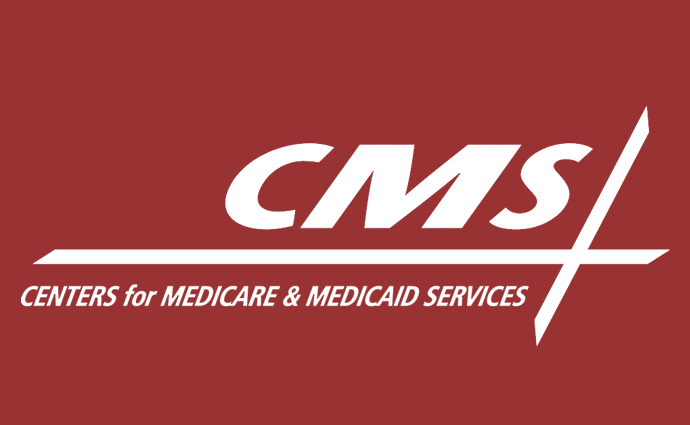CMS Proposes to Extend Site-Neutral Payments to Clinic Visits
Hospital outpatient departments would see their Medicare reimbursement for clinic visits drop by about $70 under the proposed site-neutral payment rule.

Source: Xtelligent Media
- CMS recently proposed to implement site-neutral payments for clinic visits provided at off-campus provider-based hospital departments.
According to a recently proposed CY 2019 Medicare Hospital Outpatient Prospective Payment System (OPPS) rule, clinic visits are the most common service billed under the OPPS. But CMS pays more for the same clinic visit when providers deliver the service in a hospital outpatient setting versus a physician office.
CMS aims to reduce Medicare spending on similar services by applying a Physician Fee Schedule-equivalent payment rate for clinic visits performed at an off-campus provider-based department.
The site-neutral payment rate would reduce the current reimbursement rate for hospital outpatient settings. Currently, Medicare reimbursement for a clinic visit is about $116.
Implementing site-neutral payments for the service would decrease the OPPS rate for a clinic visit by the Physician Fee Schedule relativity adjuster of 40 percent. As a result, the visit would cost about $46 under the proposed site-neutral payment policy.
“Our healthcare system should always put patients first, and CMS today is taking important steps to empower patients and provide more affordable choices and options,” stated CMS Administrator Seema Verma.
If finalized, the site-neutral payment policy would save the Medicare program about $760 million in 2019.
Medicare beneficiaries would also save under the proposed policy. CMS projected average beneficiary copayments to decrease $14. Beneficiaries would pay about $9 each time they visit an off-campus provider-based department for a clinic visit.
The proposed CY 2019 Medicare Hospital Outpatient Prospective Payment System (OPPS) rule would also allow providers to perform more services in the ambulatory surgical center (ASC) setting.
CMS is proposing to add certain Current Procedural Terminology (CPT) codes outside of the surgical code range to the ASC Covered Procedures List, which is a list of covered surgical procedures that are payable by Medicare when delivered in an ambulatory surgical center. The added CPT codes would directly crosswalk or be clinically similar to procedures already included on the covered list.
CMS is also proposing to add certain cardiovascular codes to the ASC Covered Procedures List.
Other key payment and policy changes in the proposed CY 2019 Medicare Hospital Outpatient Prospective Payment System (OPPS) rule include:
- 1.25 percent update to OPPS payment rates
- 2 percent update to ASC payment rates using the hospital market basket in lieu of the consumer price index-urban for 2019 to 2023
- Medicare reimbursement under the Physician Fee Schedule instead of the OPPS for services in new clinical families of services provided at excepted off-campus provider-based departments
- Extension of the new 340B drug payment methodology (average sales price less 22.5 percent) to non-excepted off-campus departments of hospitals that are paid under the Physician Fee Schedule
In conjunction with the proposed payment rule, CMS also released a Request for Information on “how best to leverage the authority provided under the Competitive Acquisition Program (CAP) to get a better deal for beneficiaries as part of a CMS Innovation Center model.”
Medicare currently pays the average sales price plus an add-on payment for Part B-covered drugs.
However, CMS believes a CAP-based model would increase competition in the Medicare Part B program, resulting in lower drug costs.
“A CAP-based model would allow CMS to bring on vendors to negotiate payment amounts for Part B drugs, so that Medicare is no longer merely a price taker for these medicines,” the federal agency wrote. “We are seeking public comment on how the vendors that CMS brings on could help the agency structure value-based payment arrangements with manufacturers, especially for high-cost products, so that seniors and taxpayers will know that medicines are working before they have to pay.”
